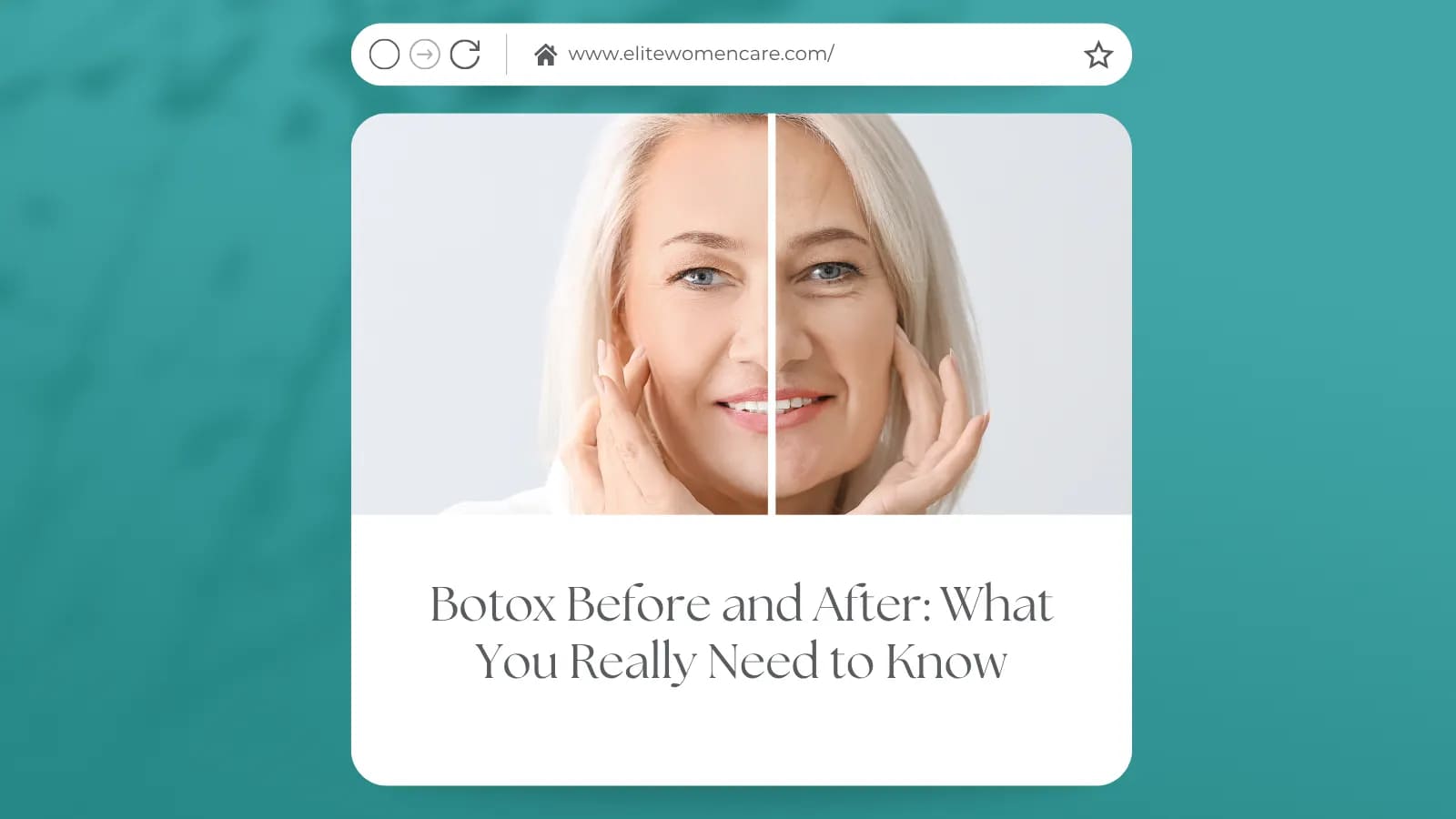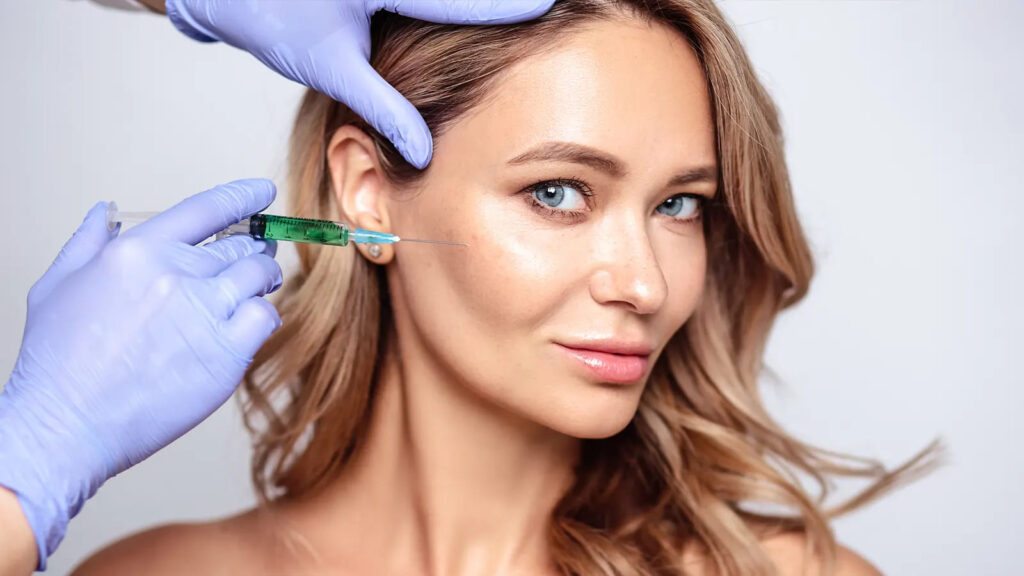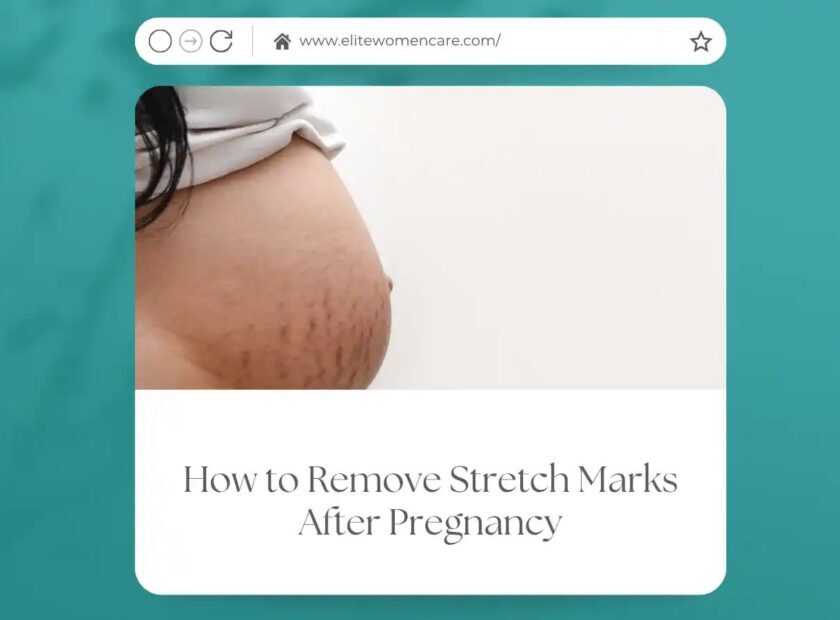
Botox Before and After: What You Really Need to Know
Getting first time botox can be both exciting and intimidating. Whether it’s for the smoothing of fine lines, refreshing one’s look, or simply dipping toes into aesthetic treatments, one must know the entire journey from beginning to end. Considered a complete guide, from the time you know what to consider before, during, and after a Botox session, you are ready to feel sure and informed about your choices.
Understanding Botox and How It Works
Since from of the Botulinum toxin, Botox is a neurotoxic protein that temporarily paralyzes muscle to reduce wrinkle and fine line formation. Some other areas of application are the forehead, around the eyes, and in between the brows. Some medical conditions for which Botox is used include treatment for headaches and profuse sweating. Being knowledgeable about how Botox works will make the procedure less scary.
Small doses of Botox injected in precise locations interfere with nerve signals to the muscle. When the muscle does not contract, the skin tissue above is smoothed out. The effects are temporary, lasting for about three to four months, whereupon the muscles begin to work again and lines and wrinkles start reappearing.
What is definitely the selling point about Botox is that it’s relatively quick and minimally invasive. Most sessions last about 10-20 minutes, with little downtime. Still, the impact is so strong that people at the very beginning of their cosmetic procedure journey might really appreciate it.
How to Prepare for Botox Treatment

The one dearly important step for someone who is receiving botox for the very first time is preparation. Knowing how to prepare for botox treatment can heavily influence the outcome itself and how the client experiences recovery. Meet with a licensed and seasoned provider. They will evaluate your facial anatomy and talk through your goals so you will know exactly what to expect.
Blood thinning medications such as aspirin, ibuprofen, and fish oil should be avoided in the days leading up to your appointment, unless your doctor tells you otherwise. Interestingly, all these substances raise your risk of bruising. Alcohol should also be held back for at least 24 hours before the treatment.
Skincare will matter, also. Refrain from using retinol or any other strong exfoliates a couple of days prior to your appointment since they increase one’s sensitivity. The whole understanding in Botox preparation helps make the treatment go smoother, with far fewer surprises or side effects, especially if it is your first.
What Happens During the Botox Procedure
When you arrive for your first botox procedure, the practitioner will begin by analyzing your face and marking where injections are to be given, followed by cleansing the skin. A topical anesthetic cream may be applied, although most of their patients report very little pain—a slight pinch.
The entire process of injection takes a matter of minutes. The practitioner injects Botox directly into the problem muscles using a very thin needle. Most people receive more than one injection per treatment depending on the area to be treated. The whole process is very quick, efficient, and may not require any anesthetic.
After completion, you can observe slight redness or swelling around the areas where the injections have been made, which generally subsides within a couple of hours. For new botox patients, having knowledge regarding what to anticipate during this process removes anxiety and creates confidence in the procedure.
Botox Aftercare Instructions You Should Follow

After your appointment, following the correct botox aftercare instructions is key to achieving the best results. You’ll want to stay upright for at least 4 hours post treatment to prevent the Botox from migrating to unintended areas. Avoid touching, rubbing, or applying pressure to the treated areas.
Harsh exercise should be kept off for 24 hours. Increased blood flow can potentially interrupt the positioning of the Botox and reduce its effect. You should also steer clear of hot environments like steam rooms or saunas as excessive heat can increase the risk of bruising or swelling.
Following these aftercare botox instructions ensures smooth sailing recovery. Some patients notice bumps or soreness, but these resolve quickly. Exercising caution initially after treatment ensures that your first botox experience is not only fruitful but also rewarding.
What to Expect After Botox: The First Few Days
Want to know what happens after botox? Don’t—after all, it’s natural to wonder, especially if this is your first time. In 24 to 48 hours, you may feel stretched tight in the treated areas or experience mild redness and swelling. These are transient and won’t typically interfere with daily routines.
In the days that follow, the Botox starts to kick in. Many people feel subtle changes in 3 days, but it can take a week to notice a difference for some. Outcomes vary based on your metabolism, the size of the area treated, and how much Botox was applied.
Expectation management is the trick. Overnight results are expected by first timers, but be patient. Trust the process and talk to your provider if you are worried. Knowledge makes waiting time less stressful and more fulfilling.
Botox Timeline: How Long to See Results
So how long does it take for botox to work? Although some see change as early as 72 hours, most see significant results within 5 to 7 days. It is important to realize that Botox is not an instant gratification product. The full effect tends to be at the two week mark.
The initial subtle improvements can be encouraging, but do not evaluate the success of your first time botox until at least two weeks have passed. Avoid scheduling significant events or photography shoots shortly after your treatment, in the event that your effects take a bit longer to materialize.
Botox how long to see results understanding will make your experience anxiety free and expectations realistic. Bodies react differently to things, and patience is a key to satisfaction.
Longevity and Maintenance: How Long Botox Lasts
Now let’s discuss the question on everyone’s mind: botox takes how many days to work and for how long does it last? Taking 5–14 days to become apparent, Botox effects generally last 3–4 months. With recurring treatments, some users have claimed the effects to last longer.
For new botox patients, it’s a good idea to schedule another appointment around the three month mark to see if a touch up is needed. It’s to maintain the smooth, youthful look and prevent deep lines from reforming.
To attain maximum longevity, follow all aftercare directives and include Botox in a daily skin regime. Knowing how long does botox take to work and how to maintain it will ensure longer- lasting results and a more even appearance.
Emotional and Psychological Effect of Botox

Many beginning patients are surprised at how emotional they become after treatment. Some feel their confidence and self esteem are lifted; some may at first feel uncertain about how they look. Both reactions are completely normal.
The psychological lift of feeling refreshed and enhanced is very strong. The more you feel rested, the more you realize energy and confidence. It’s not just about looks, it’s how you feel inside.
Allow yourself time to adjust to the changes especially if the result is a dramatic change. Chat with your provider if you need reassuring. For a majority, emotional uplift ranks among the highest benefits of Botox.
Common Myths About First Time Botox
There is considerable misunderstanding with regard to first time botox, which causes unwarranted anxiety. One such common myth is that Botox paralyzes your face. Although it inhibits muscle movement, highly trained practitioners apply it in a manner that natural expression is not lost.
Another myth is that Botox is employed by old individuals. In reality, a majority of individuals in their 20s and 30s employ defensive Botox to slow the development of fine lines. It is a personal choice and does not carry an age label.
Finally, there is a feeling that once you begin using Botox, you’ll be trapped and can’t get off. Not true. If you decide to stop, your muscles will slowly go back to their natural functioning, and wrinkles will form again as they would naturally. You’re always in charge of your beauty path.
Is First Time Botox Right for You?
Getting botox for the first time botox is a personal choice that must be made in consultation with research, self awareness, and professional advice. It’s not merely about improving your appearance—it’s about being informed, confident, and in command of your decision.
By learning how to prepare for botox, what the procedure entails, botox aftercare, and what to expect after botox, you arm yourself with the knowledge needed for a great experience. Don’t be fooled by misinformation or myths.
Whether you are curious or determined, learning about first time puts you in the position to make the most informed decision for your body and life. And remember—good results start with good knowledge.




